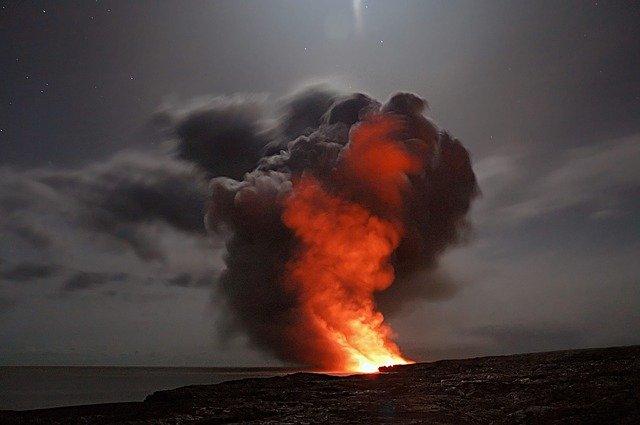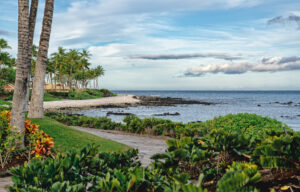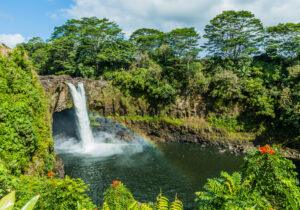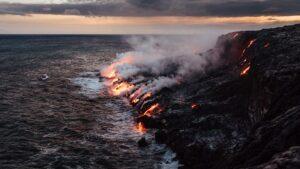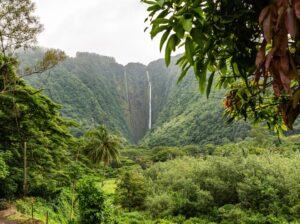The National Park Service with an update on the Kilauea Volcano as of July 10th. Join us on one of our Volcano Explorer tours departing from either Kona or Waikoloa to view the amazing performance by Mother Nature!
Current Conditions
Courtesy of USGS – Hawaiʻian Volcano Observatory
Sunday, July 10, 2022, 7:39 AM HST
Activity Summary: The summit eruption of Kīlauea Volcano, within Halemaʻumaʻu crater, has continued over the past 24 hours. All recent lava activity has been confined to the crater, and current data indicate that this scenario is likely to continue. No significant changes have been noted at the summit or in either rift zone.
Summit Observations: Eruption of lava from the Halemaʻumaʻu western vent into the active lava lake has continued over the past 24 hours. The lava level in the lake has dropped about 2 meters (7 feet) this morning in association with summit deflation. Lava ooze-outs have been effusing near the eastern, northeastern, and northwestern edges of the crater floor. Overnight webcam views showed low-level spattering at the western vent, reaching heights no more than 10 meters (33 feet) above the vent. Measurements from an overflight on June 17, 2022 indicated that the crater floor had seen a total rise of about 120 meters (394 feet) at that time, and that 93 million cubic meters (24 billion gallons) of lava had been effused since the beginning of this eruption on September 29, 2021. Summit tiltmeters began tracking sharp deflation late yesterday evening, which continues this morning. A sulfur dioxide (SO2) emission rate of approximately 2,800 tonnes per day (t/d) was measured on July 8, 2022.
Rift Zone Observations: No unusual activity has been noted along the East Rift Zone or Southwest Rift Zone; steady rates of ground deformation and seismicity continue along both. Measurements from continuous gas monitoring stations downwind of Puʻuʻōʻō in the middle East Rift Zone remain below detection limits for SO2, indicating that SO2 emissions from Puʻuʻōʻō are negligible.
Hazard Analysis: Hazard Analysis: This eruption at Kīlauea’s summit is occurring within a closed area of Hawaiʻi Volcanoes National Park. High levels of volcanic gas are the primary hazard of concern, as this hazard can have far-reaching effects downwind. Large amounts of volcanic gas—primarily water vapor (H2O), carbon dioxide (CO2), and sulfur dioxide (SO2)—are continuously released during eruptions of Kīlauea Volcano. As SO2 is released from the summit, it reacts in the atmosphere to create the visible haze known as vog (volcanic smog) that has been observed downwind of Kīlauea. Vog creates the potential for airborne health hazards to residents and visitors, damages agricultural crops and other plants, and affects livestock.
Additional hazards include Pele’s hair and other lightweight volcanic glass fragments from lava fountains that will fall downwind and dust the ground within a few hundred meters (yards) of the erupting fissure vent(s). Strong winds may waft lighter particles to greater distances. Residents should minimize exposure to these volcanic particles, which can cause skin and eye irritation.
Other significant hazards also remain around Kīlauea caldera from Halemaʻumaʻu crater wall instability, ground cracking, and rockfalls that can be enhanced by earthquakes within the area closed to the public. This underscores the extremely hazardous nature of the rim surrounding Halemaʻumaʻu crater, an area that has been closed to the public since early 2008.
The Hawaiʻian Volcano Observatory (HVO) continues to closely monitor Kīlauea volcano.

